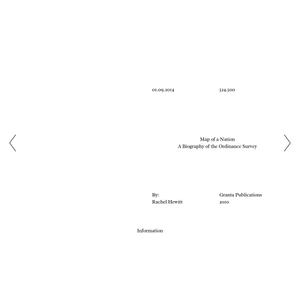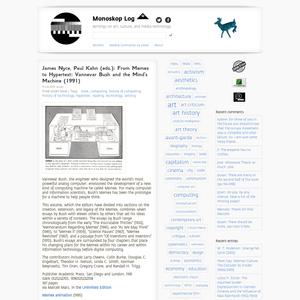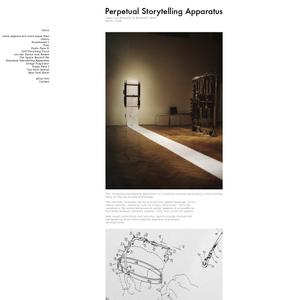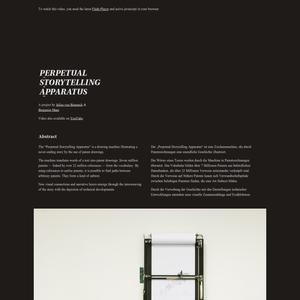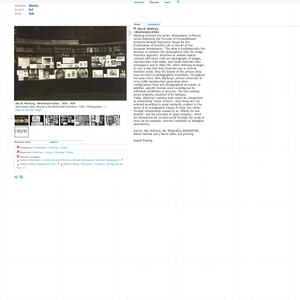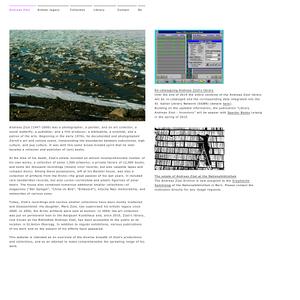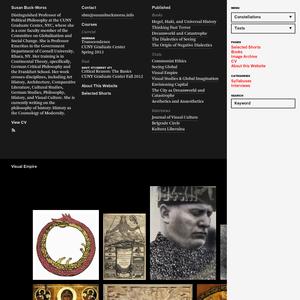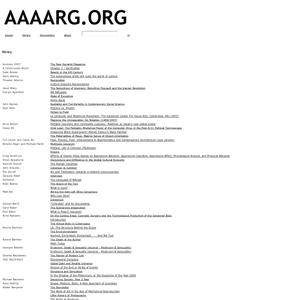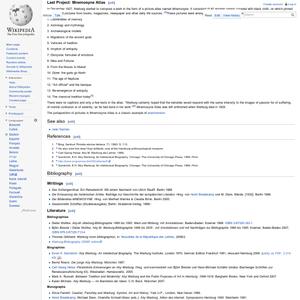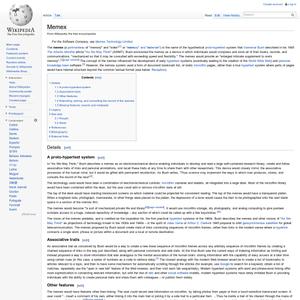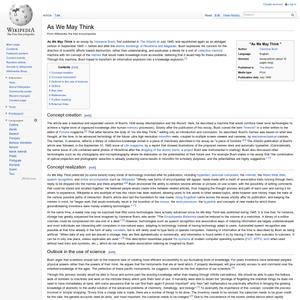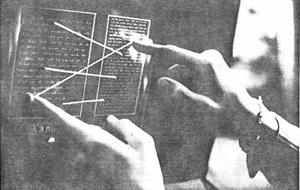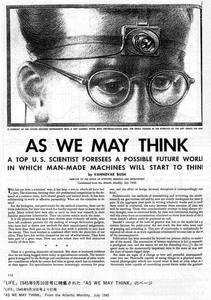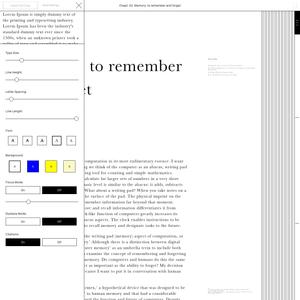

This was of course what Vannevar Bush said in 1945, in an article everybody cites but nobody reads.
In an important sense there are no "subjects" at all; there is only all knowledge, since the cross-connections among the myriad topics of this world simply cannot be divided up neatly. Hypertext at last offers the possibility of representing and exploring it all without carving it up destructively.

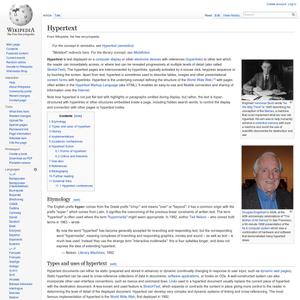
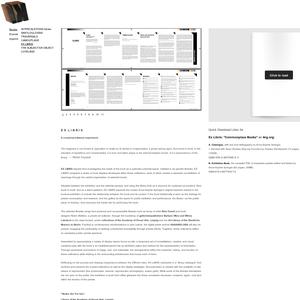
Stéphane Mallarmé's treatment of syntax, sound, the absence of language, and intertextuality that allow for multiple non-linear readings of his poems, can be understood as an early precursor to hypertext.
Hypertext, as defined by Ted Nelson in a 1965 article published by Literary Machines, "means nonsequential writing - text that branches and allows choice to the reader, best read at an interactive screen."
By this definition, Mallarmé's poems, specifically Un Coup de Dés Jamais N'Abolira Le Hasard illustrate the hypertextual property of "nonsequential writing - text that branches and allows choice to the reader."
While Nelson's definition denotes a text that is best read at a screen, Mallarmé was working with the tools available to him: the printed word (or absence thereof). These materials did prove problematic for Mallarmé, which is evidenced in the multiple editions and interpretations of his detailed notes for presentation of the poem.
